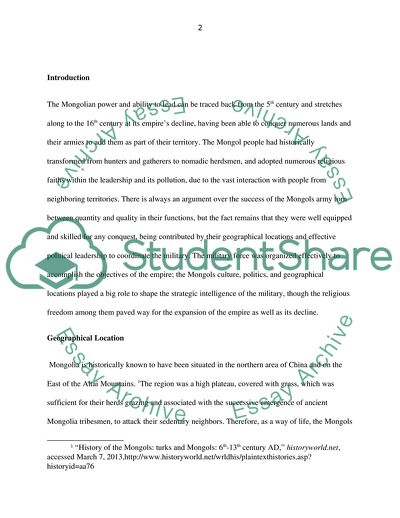Cite this document
(Mongols Military Traditions Report Example | Topics and Well Written Essays - 2500 words - 1, n.d.)
Mongols Military Traditions Report Example | Topics and Well Written Essays - 2500 words - 1. https://studentshare.org/history/1796834-military-tradition-of-ancient-people
Mongols Military Traditions Report Example | Topics and Well Written Essays - 2500 words - 1. https://studentshare.org/history/1796834-military-tradition-of-ancient-people
(Mongols Military Traditions Report Example | Topics and Well Written Essays - 2500 Words - 1)
Mongols Military Traditions Report Example | Topics and Well Written Essays - 2500 Words - 1. https://studentshare.org/history/1796834-military-tradition-of-ancient-people.
Mongols Military Traditions Report Example | Topics and Well Written Essays - 2500 Words - 1. https://studentshare.org/history/1796834-military-tradition-of-ancient-people.
“Mongols Military Traditions Report Example | Topics and Well Written Essays - 2500 Words - 1”. https://studentshare.org/history/1796834-military-tradition-of-ancient-people.


